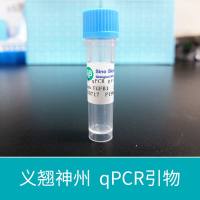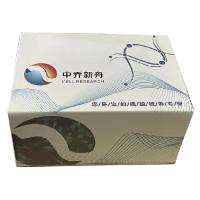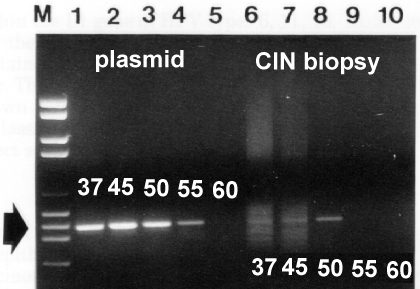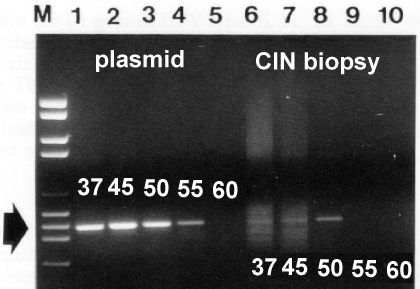PCR Primer Design And Reaction Optimisation (PCR引物设计及优化反应)
互联网
引物设计专栏:
http://ask.bbioo.com/special/experiment/PrimerDesign.htm
Ed Rybicki , Department of Molecular and Cell Biology, University of Cape Town
Factors Affecting the PCR:
Denaturing Temperature and time
The specific complementary association due to hydrogen bonding of single-stranded nucleic acids is referred to as "annealing": two complementary sequences will form hydrogen bonds between their complementary bases ( G to C, and A to T or U ) and form a stable double-stranded, anti-parallel "hybrid" molecule. One may make nucleic acid (NA) single-stranded for the purpose of annealing - if it is not single-stranded already, like most RNA viruses - by heating it to a point above the "melting temperature" of the double- or partially-double-stranded form, and then flash-cooling it: this ensures the "denatured" or separated strands do not re-anneal. Additionally, if the NA is heated in buffers of ionic strength lower than 150mM NaCl , the melting temperature is generally less than 100oC - which is why PCR works with denaturing temperatures of 91-97 o C .
A more detailed treatment of annealing / hybridisation is given in an accompanying page, together with explanations of calculations of complexity, conditions for annealing / hybridisation, etc.
Taq polymerase is given as having a half-life of 30 min at 95 o C , which is partly why one should not do more than about 30 amplification cycles : however, it is possible to reduce the denatu r ation temperature after about 10 rounds of amplification, as the mean length of target DNA is decreased : for templates of 300bp or less , denaturation temperature may be reduced to as low as 88 o C for 50% (G+C) templates (Yap and McGee, 1991), which means one may do as many as 40 cycles without much decrease in enzyme efficiency.
" Time at temperature " is the main reason for denaturation / loss of activity of Taq: thus, if one reduces this, one will increase the number of cycles that are possible , whether the temperature is reduced or not. Normally the denaturation time is 1 min at 94 o C : it is possible, for short template sequences, to reduce this to 30 sec or less . Increase in denaturation temperature and decrease in time may also work: Innis and Gelfand (1990) recommend 96 o C for 15 sec .
Annealing Temperature and Primer Design
Primer length and sequence are of critical importance in designing the parameters of a successful amplification: the melting temperature of a NA duplex increases both with its length, and with increasing (G+C) content: a simple formula for calculation of the Tm is
Tm = 4(G + C) + 2(A + T) o C.
Thus, the annealing temperature chosen for a PCR depends directly on length and composition of the primer(s). One should aim at using an annealing temperature (Ta) about 5 o C below the lowest Tm of ther pair of primers to be used (Innis and Gelfand, 1990). A more rigorous treatment of Ta is given by Rychlik et al . (1990): they maintain that if the Ta is increased by 1 o C every other cycle, specificity of amplification and yield of products <1kb in length are both increased. One consequence of having too low a Ta is that one or both primers will anneal to sequences other than the true target, as internal single-base mismatches or partial annealing may be tolerated: this is fine if one wishes to amplify similar or related targets ; however, it can lead to "non-specific" amplification and consequent reduction in yield of the desired product, if the 3"-most base is paired with a target.











